The artful field journal: painting autumn landscapes with watercolor and gouache
materials list
For detailed art supply recommendations, please see Andie’s website here.
Any type of sketchbook or journal. It is recommended to use a journal that opens flat, with pages thick enough to handle watercolors. Having a clip or rubber band to hold journal pages open is helpful. It also works quite well to use single sheets of watercolor paper.
No. 2 or HB pencil
Any colored pencils, if have them. Suggested colors: warm yellow, cream, and grey.
Watercolor brushes: No. 8 or 10 round and a No. 4 round (or “water brush”) are recommended. Also helpful, if you have on hand is a “rigger,” “liner,” or “script” brush, an angle shader or short flat or filbert.
Tube of permanent white gouache paint (not watercolor)
Optional: Warm yellow gouache (not watercolor)
Paint mixing palette. This can be a plastic lettuce bin lid, a paper plate covered with saran wrap, a china plate, or a traditional paint palette.
Paint mixing container such as a small cup or dish
Pigma Micron or other fine-tipped pen in black or sepia
Paper towels or rags
Spray bottle and/or eye dropper for water is helpful
Container filled with water for painting
Reference materials: you may use any photographs of autumn landscapes for this class. Also helpful to have colorful fall leaves and/or other seasonal subjects on hand as color references. Best of all: sit near a window with a view of plants and/or trees and sky.
Tube watercolors listed here and on Andie’s website (link above) are recommended, but any type of watercolor, tempera, acrylic, or colored ink will work. It is helpful to have the following watercolors:
Quinacridone rose, quinacridone pink, or permanent rose (purple-biased red)
Cadmium red or pyrrol scarlet (orange-biased red)
Ultramarine blue (purple-biased blue)
Phthalo blue, or manganese blue, or cerulean blue (green-biased blue)
Lemon yellow, or cadmium yellow pale, or hansa yellow light (green-biased yellow)
Hansa yellow deep or cadmium yellow deep (orange-biased yellow)
Burnt sienna and/or burnt umber
Quinacridone gold
Sap green
Any purple or violet
Any orange
